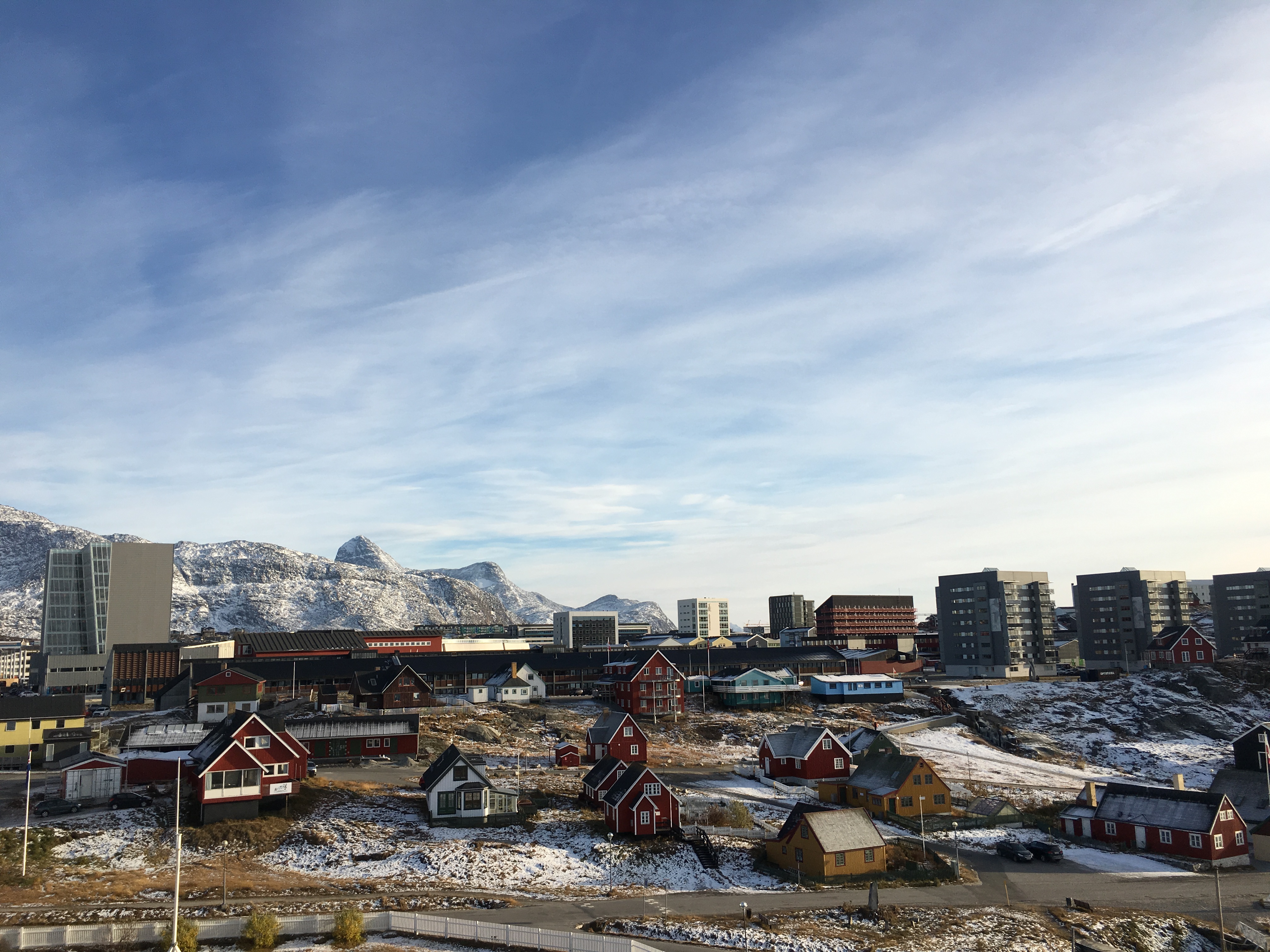Documentary makers hope to give Danish teens closer look at modern Greenland
Danes typically know little about life in Greenland. Educational material for teens based on three acclaimed documentaries seeks to change that.

What does a person from Greenland look like and how do people there live their lives? Though Denmark and Greenland both belong to the Kingdom of Denmark, the average Dane might struggle to give a good answer to those questions. Two film producers have set out to change that knowledge gap, by setting up an educational website they hope will leave teens with the impression of Greenland as a country where life is both the same and different from Denmark.
The website, “Levende Grønland” (Living Greenland), uses three critically acclaimed documentaries to illustrate modern life in Greenland. By combining them with lessons in four subjects — Danish, social studies, history and media studies — geared toward students in gymnasium, a university preparatory school, they aim to continue the story where where lessons that typically focus on Greenland’s pre-history and environment leave off.
“Young Danes are really missing out by not being more aware the experience that travelling to Greenland can offer them, and that it is a part of our common history that we all can learn from,” Emile Hertling Péronard, who has worked on all three of the films included in the initiative, told P1 Morgen, a Danish news broadcast.
Péronard, whose father is Danish and whose mother is Greenlandic, and the project’s other creator, Vibeke Vogel, a Dane who co-produced two of the films, say that the aim of the initiative is to teach young adults in Denmark about an element of their national past, and to help them understand why Greenland is a big part of discussions like global warming and globalization.
[An ambitious exchange program aims to link students across the 4 Arctic and North Atlantic nations]
Learning more about Greenland, Péronard believes, would also put Danish teens on a more equal footing with Greenlandic teens, who are partly taught in Danish and are aware of current events in Denmark. The reverse is true typically only if Danish teens have some connection to Greenland.
Similarly, Greenlandic studies are not mandatory in Danish school systems. What is taught, according to Péronard, is often inadequate, a fact that is reflected in Danes’ knowledge of Greenlandic society. A 2019 survey of 600 Danish teens found, for example, that, on average, they were able to provide a correct answer to only 58 percent of the questions posed to them about Greenland.
The study found that, while students had a solid grasp of things like Greenland’s natural environment and demography, when it came to topics like society and relations with Denmark, they were able to answer correctly only 51 percent of the time.
The study also found that while the 88 percent of Danish teens taking part had some to no feelings of kinship with Greenlanders, the 12 percent who reported feeling strong ties to Greenland were also the best-informed, suggesting that there is a relationship between Danes’ feelings of kinship and how much they know about Greenland.
Below: an English-subtitled trailer for “Winter’s Yearning”, one of the documentaries included in the initiative.